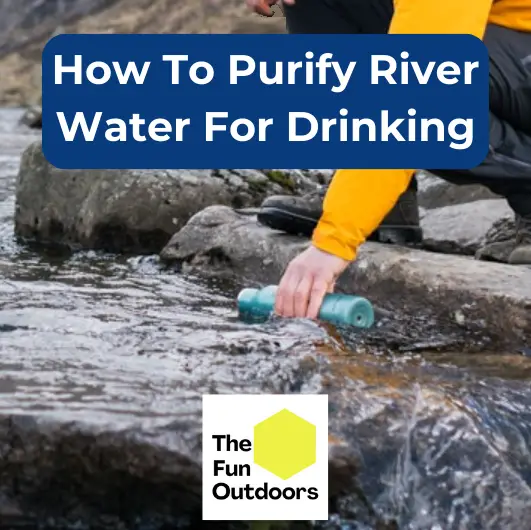Outdoor activities like camping, hiking, or fishing are lots of fun, but you can quickly find yourself in trouble if you’re stranded in the wilderness without water. While river water may look clean, it often contains harmful bacteria, viruses, and parasites that can cause illness. Knowing how to purify river water for drinking is a lifesaving skill that any outdoor enthusiast should be familiar with.
There are several methods for purifying river water for drinking, including boiling, chemical treatment, and filtration. Boiling is the most effective method, as it kills all bacteria and parasites. Chemical treatment involves adding a disinfectant such as chlorine or iodine to the water to kill harmful organisms. Filtration involves passing the river water through a filter to remove impurities.
Regardless of the method used, it is important to purify river water before drinking it. Failure to do so can result in serious illness or even death. We’ll go over everything you need to know about purifying river water in today’s guide.
Why Do I Need To Purify River Water For Drinking?
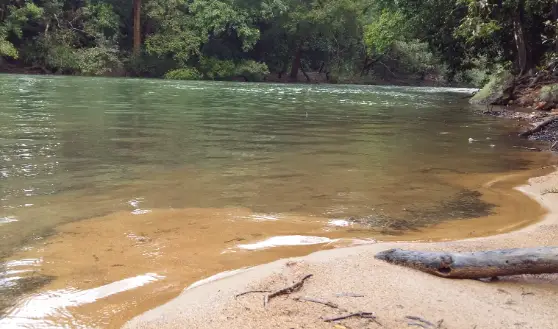
Purifying river water is essential to ensure that it is safe for drinking. However, before we discuss how to purify river water, it is important to understand the types of contaminants that can be present in river water.
Microorganisms and Pathogens
River water can be contaminated with various microorganisms and pathogens, including bacteria, viruses, parasites, and protozoa. These contaminants can cause a range of illnesses, such as diarrhea, vomiting, and fever. Some of the most common microorganisms found in river water include giardia and cryptosporidium.
Chemicals and Heavy Metals
River water can also contain various chemicals and heavy metals that can be harmful to human health. These contaminants can come from various sources, such as agricultural runoff, industrial waste, and sewage. Some of the most common chemicals and heavy metals found in river water include pesticides, herbicides, lead, and mercury.
Sediments and Algae
Sediments and algae can also be present in river water. While these contaminants may not be harmful to human health, they can affect the taste, odor, and appearance of the water. Sediments can also clog filters and reduce the effectiveness of purification methods.
It is important to note that different contaminants require different purification methods. For example, microorganisms and pathogens can be removed through filtration and disinfection methods, while chemicals and heavy metals may require additional treatment methods such as reverse osmosis or activated carbon filtration.
Methods of Purifying River Water
When it comes to purifying river water for drinking, there are several methods available. Each method has its own advantages and disadvantages, and it is important to choose the right one for your situation. The following sub-sections will outline some of the most popular methods for purifying river water.
Boiling Method
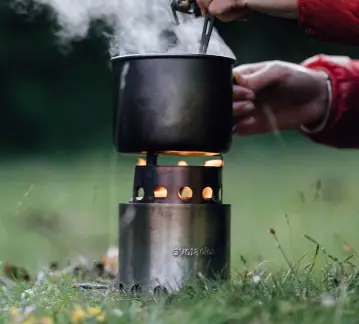
Boiling is the most effective way to purify river water. The process kills all bacteria, viruses, and parasites that may be present in the water. To boil water, simply bring it to a rolling boil for 1-3 minutes, depending on your altitude. Once the water has cooled, it is safe to drink. Boiling also helps to remove any sediments or impurities that may be present in the water.
Chemical Disinfection
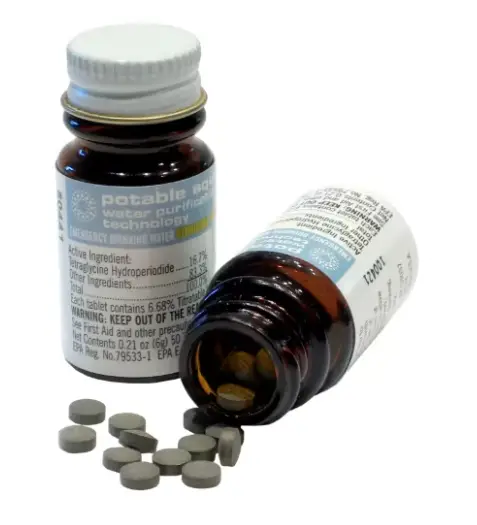
Chemical disinfection is another popular method for purifying river water. Chlorine dioxide, iodine, and other disinfection tablets can be used to kill bacteria and viruses in the water. These chemicals are added to the water and allowed to sit for a certain amount of time. The water must then be filtered to remove any remaining impurities.
Personal Water Filter Straws
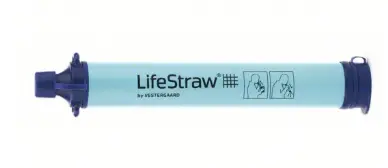
Personal water filter straws are an easy and convenient way to purify river water. These straws contain a filter that removes bacteria, viruses, and other contaminants from the water as it is sucked through the straw. They are small and lightweight, making them ideal for camping or hiking.
Filtration Systems
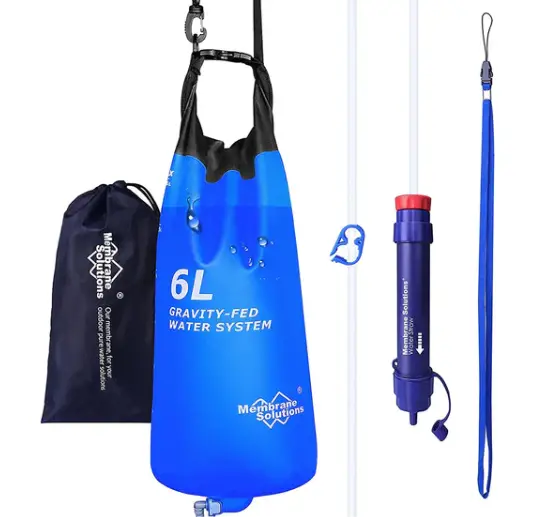
Filtration systems are another effective way to purify river water. These systems use a combination of carbon, ceramic, and other filters to remove bacteria, viruses, and other contaminants from the water. They are ideal for groups or families who need to purify larger quantities of water.
Ultraviolet Light
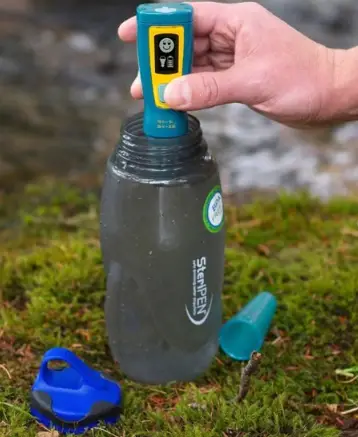
Ultraviolet light can also be used to purify river water. UV light kills bacteria and viruses by damaging their DNA. UV purifiers are small and portable, making them ideal for camping or hiking. However, they require batteries or a power source to operate.
Choosing the Best Method for Different Scenarios
When it comes to purifying river water for drinking, there are several methods available. However, not all methods are suitable for every scenario. In this section, we will discuss the best methods for different scenarios.
Hiking and Camping
When hiking or camping, it’s important to have a portable and lightweight water purification method. Survival straws are a popular choice for hikers and backpackers as they are compact and easy to use. Alternatively, a manual pump or gravity-fed filtration system can also be used. Boiling water is also an effective method, but it requires a camp stove or fire to heat the water.
RV and Travel
For RV and travel purposes, a more permanent water purification system is required. A reverse osmosis system or a combination of filtration and UV sterilization can be installed in RVs to ensure safe drinking water. Portable filtration systems can also be used for travel purposes.
Emergency Situations
In emergency situations, it’s important to have a reliable water purification method. Boiling water is the most effective method, but if a heat source is not available, chemical treatments like iodine or chlorine tablets can be used. Portable filtration systems with a manual pump or gravity feed can also be used in emergencies.
Regardless of the scenario, it’s important to consider the source of the water. Lake water may require additional filtration or treatment compared to river water. It’s also important to have the necessary equipment and supplies on hand for water purification, such as a camp stove or water purification tablets.
Overall, the best method for purifying river water for drinking will depend on the scenario and the individual’s needs. It’s important to research and choose a method that is effective and suitable for the situation at hand.
How to Improve the Taste of Purified River Water
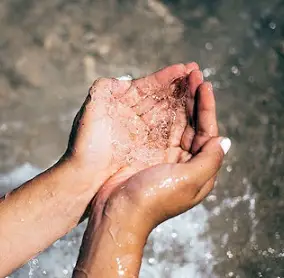
After purifying river water, it is common for the water to have a flat or slightly unpleasant taste. Fortunately, there are several ways to improve the taste of purified river water.
One simple way is to add a pinch of salt to each quart or liter of water. This can help to improve the taste and make the water more palatable. It is important to note that only a small amount of salt should be used, as too much salt can make the water taste salty.
Another way to improve the taste of purified river water is to pour the water from one clean container to another several times. This can help to aerate the water and improve the taste. It is important to use clean containers to avoid recontaminating the water.
If the water still has a flat taste after boiling, adding a small amount of fresh water can help to improve the taste. This can help to dilute any remaining impurities and improve the overall taste of the water.
Maintaining Your Water Purification Equipment
To ensure that your water purification equipment works effectively, it is crucial to maintain it regularly. Neglecting maintenance can lead to a decrease in the equipment’s efficiency and even cause it to malfunction. Here are some tips on how to maintain your water purification equipment:
- Clean the equipment: After every use, clean the equipment thoroughly. Use clean cloth or a coffee filter to remove any sediment or debris that may have accumulated. This will help prevent clogging and improve the flow rate.
- Store the equipment properly: When not in use, store the equipment in a dry and cool place. Make sure it is free from any moisture or dust that can cause damage.
- Replace the filters: Most water purification equipment comes with replaceable filters. Replace them as per the manufacturer’s instructions. Using old filters can result in poor water quality and may even damage the equipment.
- Check for leaks: Regularly check the equipment for any leaks or cracks. If you find any, repair them immediately. Leaks can compromise the quality of the purified water.
- Use chlorine bleach or sodium hypochlorite: If you are using a hiking filtration system or any other compact and lightweight equipment, add a few drops of chlorine bleach or sodium hypochlorite to the water to kill any harmful bacteria or viruses.

